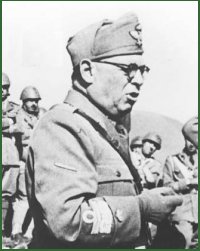
Giovanni Messe was an Italian field marshal and politician. In the Second World War, he was captured in Tunisia but made chief of staff of the Italian Co-belligerent Army after the armistice of September 1943. Later, he was an elected representative in the Italian Senate. He is considered by many to have been the best Italian general of the war.

The Italian participation on the Eastern Front represented the military intervention of the Kingdom of Italy in the Operation Barbarossa, launched by Nazi Germany against the Soviet Union in 1941. The commitment to actively take part in the German offensive was decided by Benito Mussolini a few months before the beginning of the operation, when he became aware of Adolf Hitler's intention to invade, but it was confirmed only in the morning of 22 June 1941, as soon as the Italian dictator was informed that same day the German armies had invaded the Soviet Union.

During World War II, the Italian Expeditionary Corps in Russia was a corps-sized expeditionary unit of the Regio Esercito that fought on the Eastern Front. In July 1942 the CSIR entered the newly formed Italian Army in Russia as XXXV Army Corps.

The Italian Army in Russia was an army-sized unit of the Regio Esercito which fought on the Eastern Front during World War II between July 1942 and April 1943. The ARMIR was also known as the 8th Italian Army and initially had 235,000 soldiers. The bulk of this force was destroyed by the Soviet Red Army at the Battle of Stalingrad, after which Mussolini withdrew the remnants from Russia to the West.

The 31st Infantry Division was a German infantry division of the Army during World War II. It participated in the invasion of Poland in 1939 then the invasion of France and the Low Countries in 1940. As part of Panzergruppe 2. of Army Group Centre, it was involved in the invasion of the Soviet Union in June 1941. After hard fighting throughout 1941 and 1942 it joined the 9th Army and fought in the Battle of Kursk in July and August 1943. Along with the rest of the 9th Army, the division conducted a fighting withdrawal for the remainder of 1943, during which it sustained heavy casualties. In the early stages of the Soviet Operation Bagration of June to August 1944, the 31st Infantry Division was destroyed, a fate which subsequently befell most of Army Group Centre. The division was officially disbanded on 18 July 1944.
XIV Panzer Corps was a corps-level formation of the German Army which fought on both the Eastern Front and in the Italian Campaign.
The Fast Army Corps or Cavalry Army Corps was a Royal Italian Army army corps during World War II that participated in the invasion of Yugoslavia.
The VI Corps was a corps of the Royal Italian Army during World War II that participated in the invasion of Yugoslavia.
The XI Army Corps was a corps of the Royal Italian Army during World War II that participated in the invasion of Yugoslavia.
The Motorized Corps was a corps of the Royal Italian Army during World War II which existed between June 1939 and May 1942.
The XIV Corps was a corps of the Royal Italian Army during World War II that participated in the invasion of Yugoslavia.
The XVII Army Corps was an army corps of the Royal Italian Army during World War II.
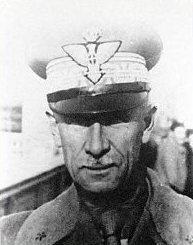
Federico Ferrari Orsi was a general in the Royal Italian Army during World War II.
Riccardo Balocco was a general in the Royal Italian Army that commanded the V Corps during the World War II Axis invasion of Yugoslavia in April 1941.
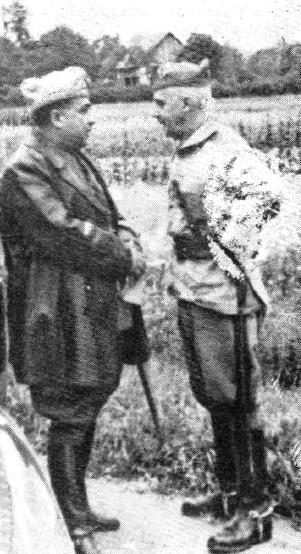
Mario Robotti was a general in the Royal Italian Army who commanded the XI Corps during the World War II Axis invasion of Yugoslavia in April 1941.
Giovanni Vecchi was a general in the Royal Italian Army who commanded the XIV Corps during the World War II Axis invasion of Yugoslavia in April 1941.
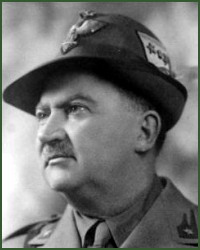
Gabriele Nasci was a general of the Alpine Corps in the Royal Italian Army.
The Army of the Po, numbered the Sixth Army, was a field army of the Royal Italian Army during World War II (1939–45).
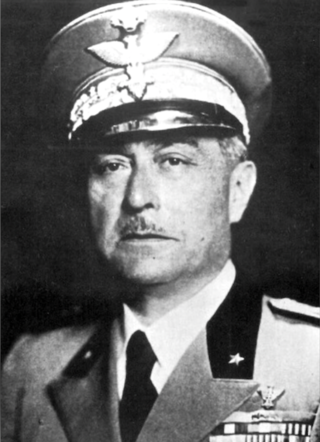
Mario Arisio was an Italian general who served in the Italo-Turkish War, World War I, the Second Italo-Ethiopian War and World War II.
The XXX Army Corps was a corps of the Royal Italian Army between 1915 and 1943. It was also known as Special Army Corps between November 1940 and June 1941.
